[one_half]James Coignard (1925 – 2008), painter, ceramist, sculptor and etcher, was born in Tours in 1925. At the age of 23 and after a brief career in the French administration, he discovers the landscapes of the French Riviera and decides to study at Arts décoratifs in Nice. Four years later, he quits his job at the administration to commit himself entirely to his artistic career. The encounter with Paul Hervieu in 1950 is decisive. His collaboration with gallery Hervieu made him known in artistic circles, nationally and internationally and then particularly in Scandinavia. At the beginning of his career, art critics label James Coignard as a member of Ecole de Paris. Soon, his painting and ceramic distances themselves from those of his colleagues and he goes it alone. At the beginning of the sixties, he starts to work with glass but the technical turning point occurs in 1968 when his friend Henri Goetz discovers a new etching technique, using carborundum. Etching then becomes central in his work. At the same time, his career takes off internationally. He travels a lot, especially to Sweden and USA where he lives during a few years. 1978, James Coignard participates in the creation of the etching studio Pasnic, with which he starts a long collaboration. During the eighties, he shares his time between Paris and the French Riviera and takes an interest in artist’s books and publishing issues. He exhibits now all over the world, and is acknowledged as one of the greatest painter-etchers of his time. Until his decease in 2008, James Coignard was a prolific painter, sculptor and etcher and leaves behind an immense work. [/one_half]
[one_half_last]James Coignard (1925 – 2008), peintre, céramiste, sculpteur et graveur, est né en 1925 à Tours. Après une brève carrière dans l’administration, il découvre à l’age de 23 ans les paysages de la Côte d’Azur. C’est alors qu’il décide de suivre les cours de l’école des Arts décoratifs de Nice. Il abandonnera 4 ans plus tard l’administration pour se consacrer exclusivement à sa carrière artistique.
C’est sa rencontre avec Paul Hervieu en 1950 qui sera décisive. Sa collaboration avec la galerie Hervieu lui fera acquérir une visibilité dans le milieu artistique et à l’international, notamment dans les pays scandinaves. James Coignard au début de sa carrière sera désigné par les critiques comme appartenant à l’Ecole de Paris. Très vite sa peinture et sa céramique s’en démarquent et il fera cavalier seul.
Au début des années 60 il commence à travailler le verre mais un tournant décisif dans sa technique est pris en 1968 quand son ami Henri Goetz découvre un nouveau procédé de gravure avec du carborundum. La gravure devient alors centrale dans son Œuvre. Sa carrière prend au même moment une dimension internationale. Il voyage beaucoup, notamment en Suède et aux Etats – Unis ou il vivra quelques années.
En 1978 James Coignard va entamer une longue collaboration avec l’atelier de gravure Pasnic qu’il contribuera à créer. Dans les années 80, vivant entre Paris et la Côte d’Azur, il s’intéresse aux livres d’artistes et aux problématiques de l’édition. Il expose désormais dans le monde entier et est reconnu comme l’un des plus grands peintres-graveurs de son temps. Jusqu’à sa disparition en 2008 James Coignard continuera de travailler tant en peinture qu’en sculpture et gravure, produisant beaucoup et laissant derrière lui une œuvre immense.[/one_half_last]
- ARCHITECTURE – Limited-Edition-Print-Carborundum-Gravure-35-x-26-in-89-x-66-cm
- COMMUNICATION -Limited-Edition-Print-Carborundum-Gravure-29-x-39-in-74-x-99-cm
- DEUX-NOIRS-EN-STRATIFICATION -Limited-Edition-Print-Carborundum-Gravure-30-x-23-in-77-x-59-cm

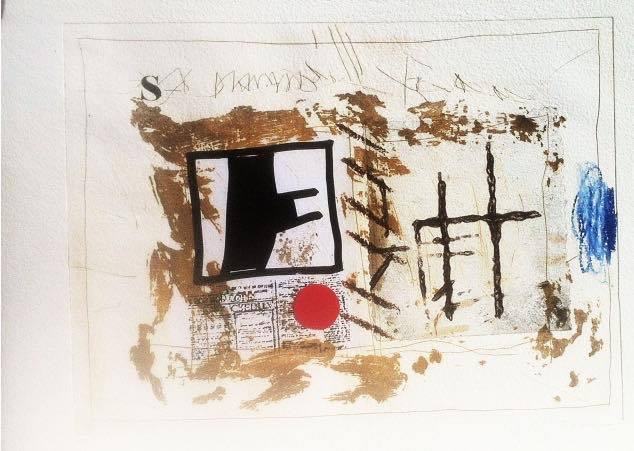
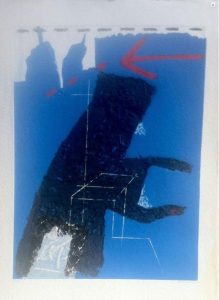
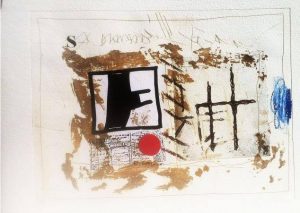
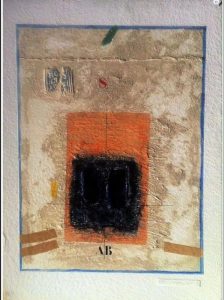

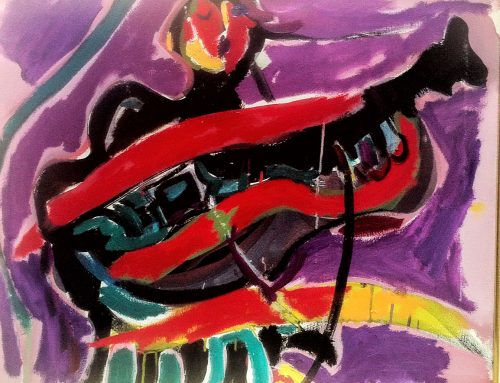
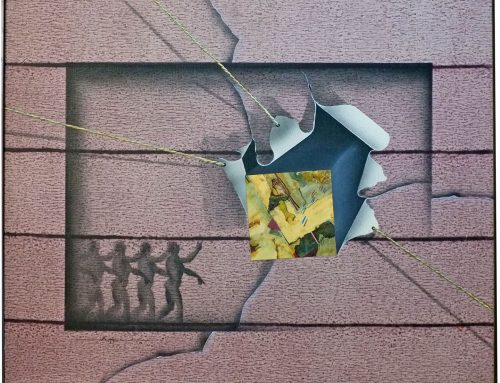
Leave A Comment